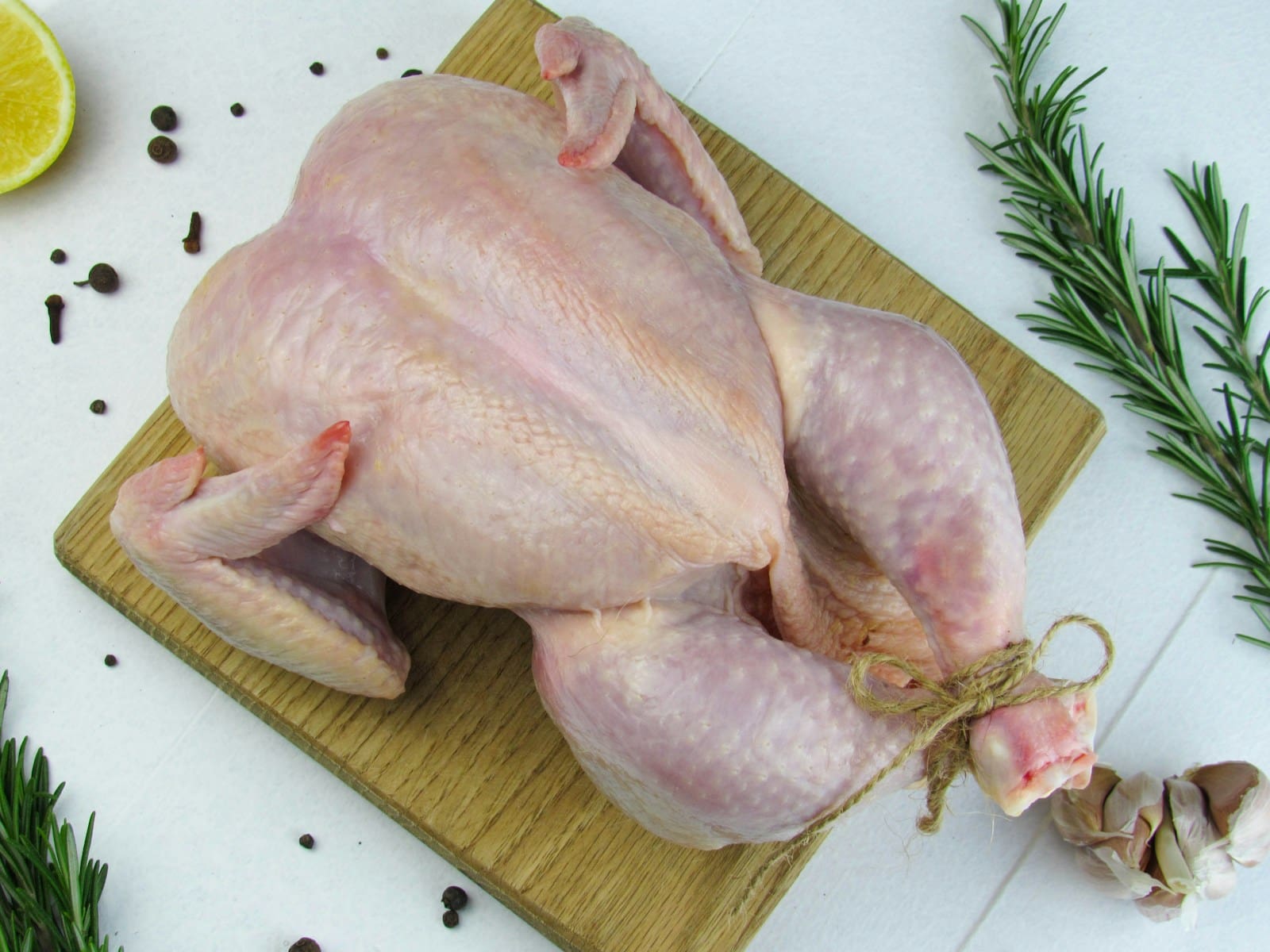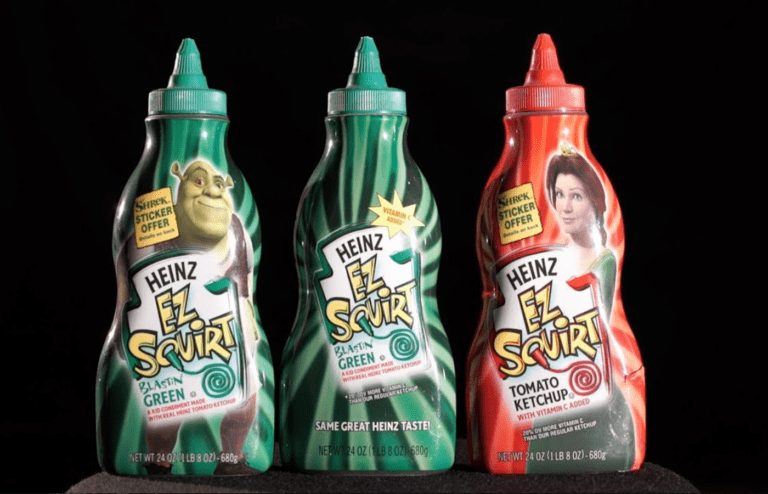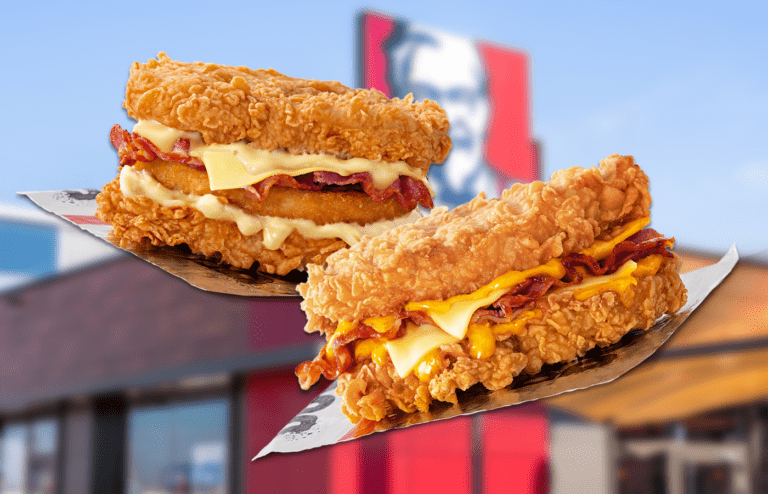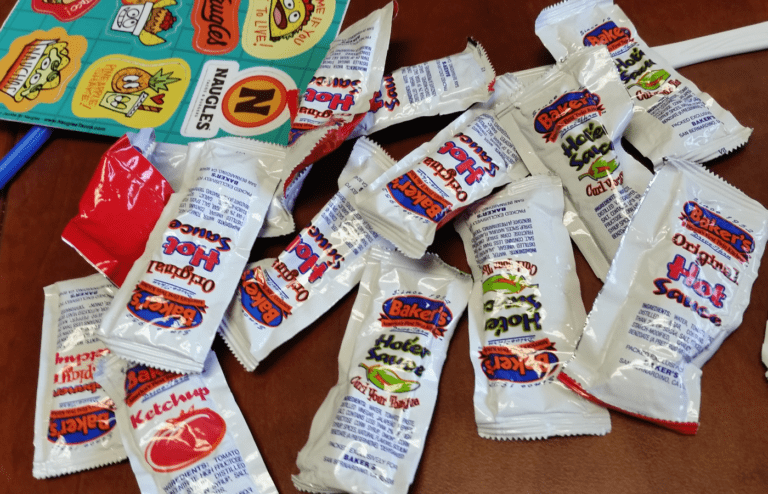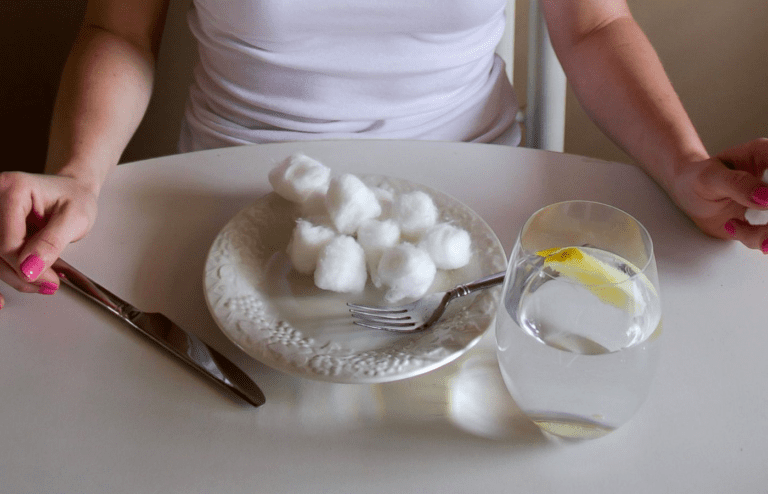Americans love their snacks, sips, and quick bites—but some of the ingredients in those foods would raise eyebrows (and legal red flags) across the pond. While the U.S. gives the green light to a lot of additives, preservatives, and colorings, Europe’s not nearly as chill about it.
Here are 15 foods that are totally legal in the U.S.—but banned, restricted, or heavily regulated in Europe.
15. Gatorade
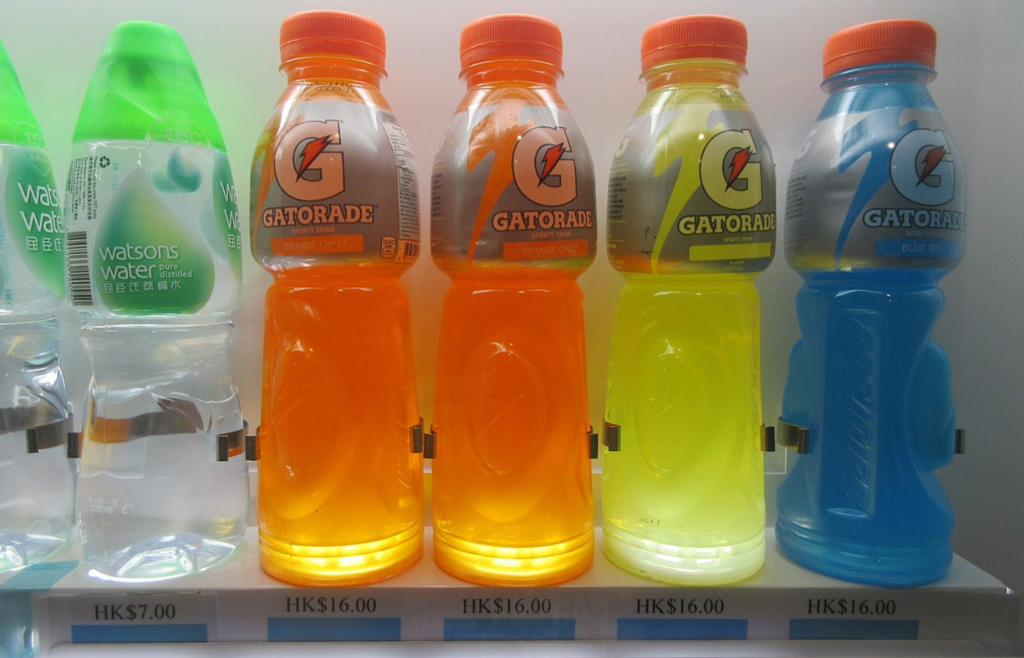
It may fuel athletes, but it used to come with brominated vegetable oil (BVO), a flame retardant also used in furniture. While Gatorade dropped BVO in the U.S., it was never allowed in the EU to begin with.
14. Skittles
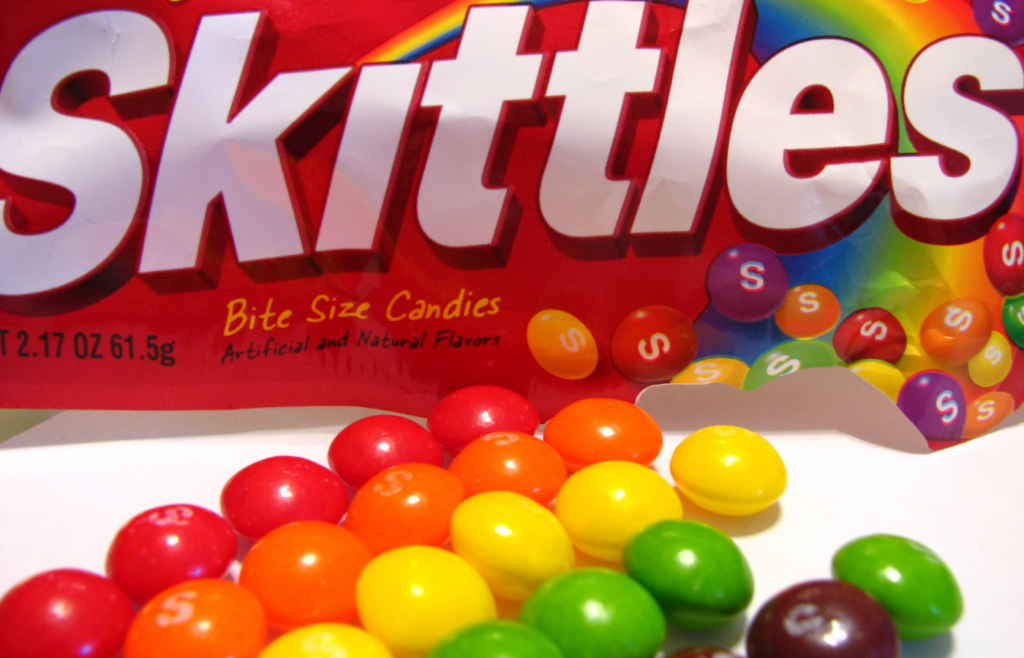
These rainbow candies are loaded with artificial dyes like yellow 5 and titanium dioxide, the latter of which is banned in the EU. Turns out “taste the rainbow” comes with a side of controversy.
13. Mountain Dew
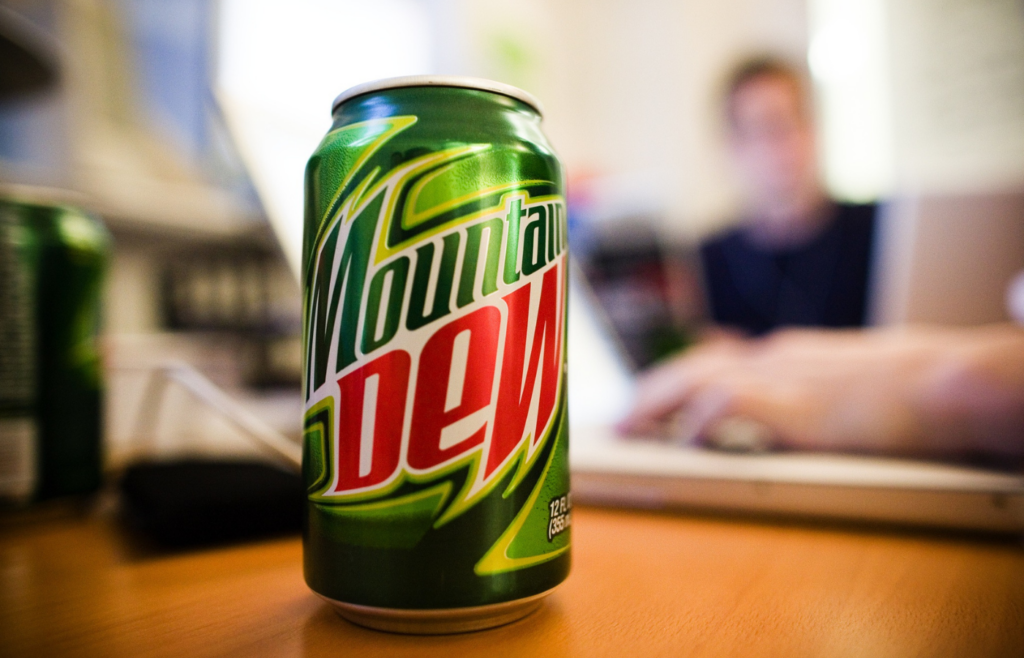
A favorite among extreme sports fans and late-night gamers, Mountain Dew once had BVO on its ingredient list. Europe said no thanks to sipping on additives linked to neurological issues.
12. Frosted Flakes
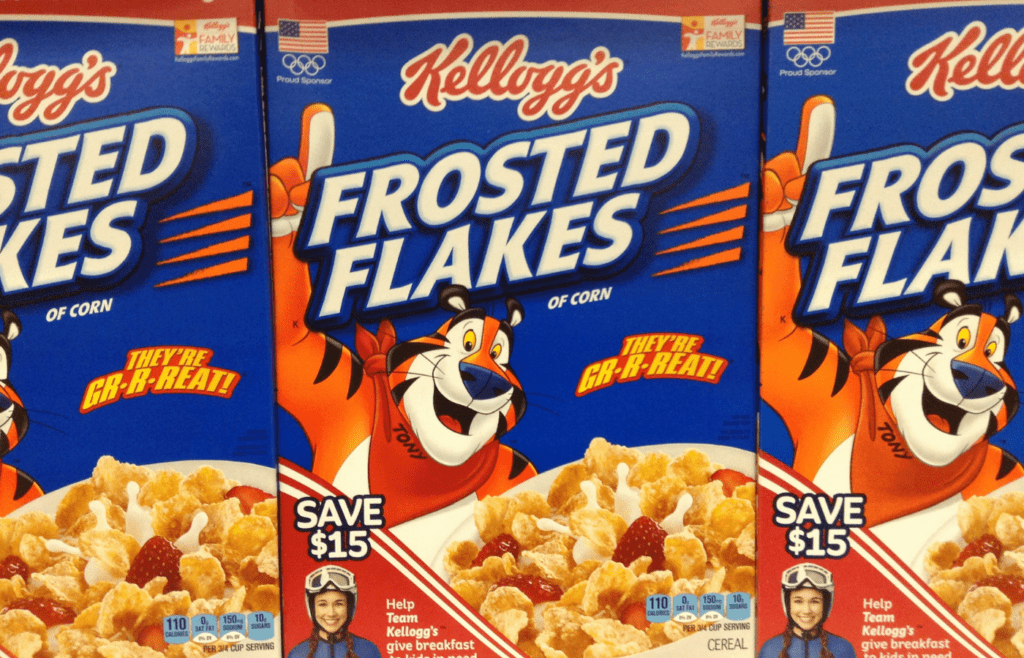
They’re sweet, crunchy, and nostalgic—but also packed with BHT, a preservative banned in parts of Europe over cancer concerns. Tony the Tiger doesn’t exactly advertise that part.
11. Doritos
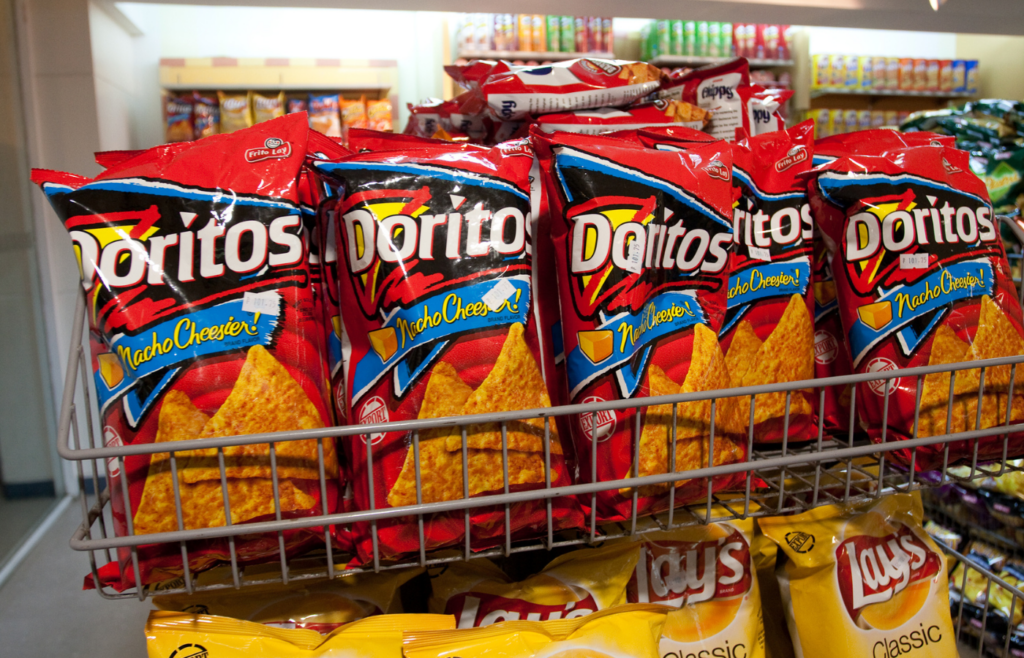
The bold flavor is matched only by its bold use of artificial colors. Those bright orange tones are a mix of dyes Europe either bans or slaps with a warning label.
10. Pop-Tarts
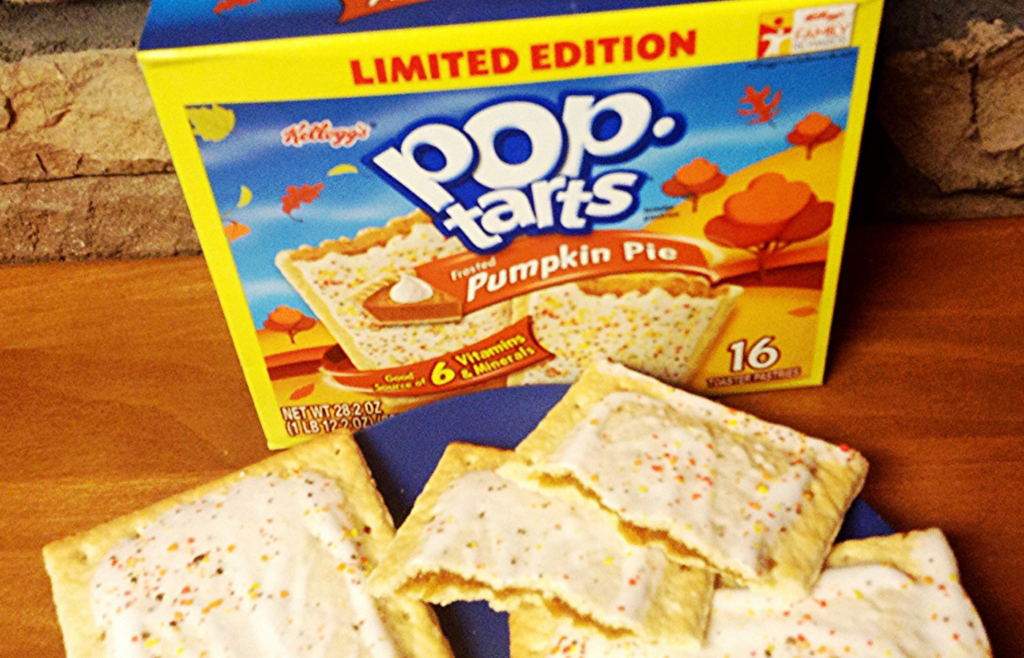
Your childhood toaster treat might be banned in Europe due to its use of food dyes and preservatives like BHT. They’re more colorful than a sunrise—and maybe just as dangerous to your nervous system.
9. Little Debbie Swiss Rolls
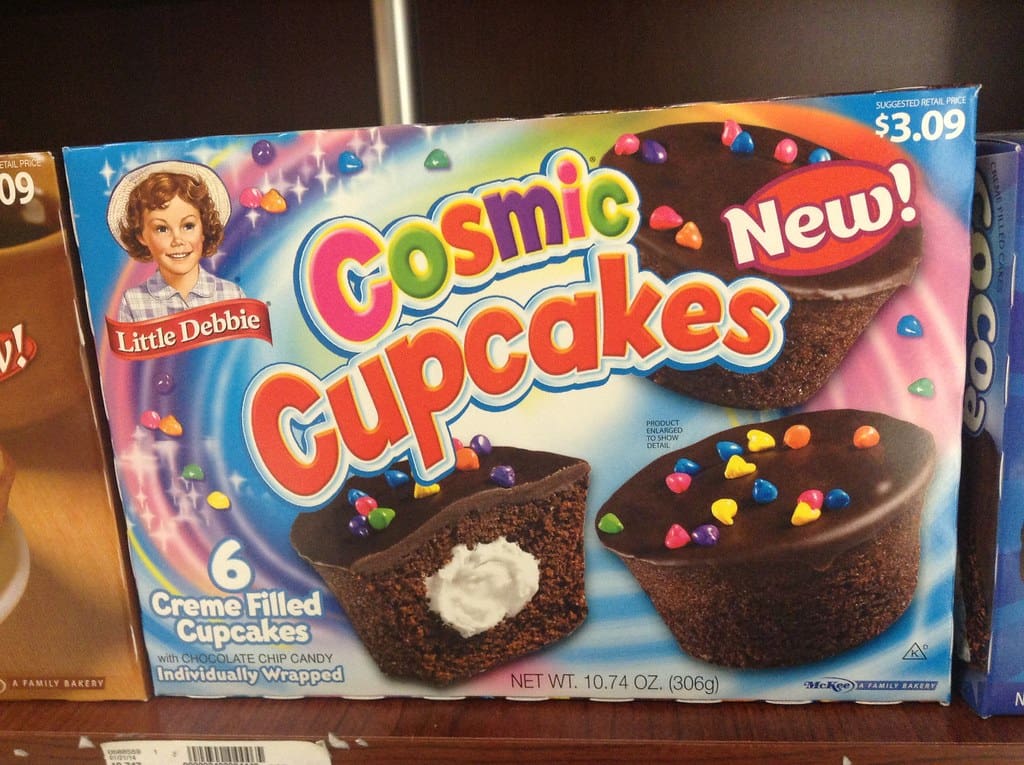
Soft, sweet, and packed with yellow 5 and red 40, which are restricted or banned in Europe. You’ll find these on store shelves in the U.S., but across the Atlantic, they’re not getting the same sweet treatment.
8. Pillsbury Toaster Strudel
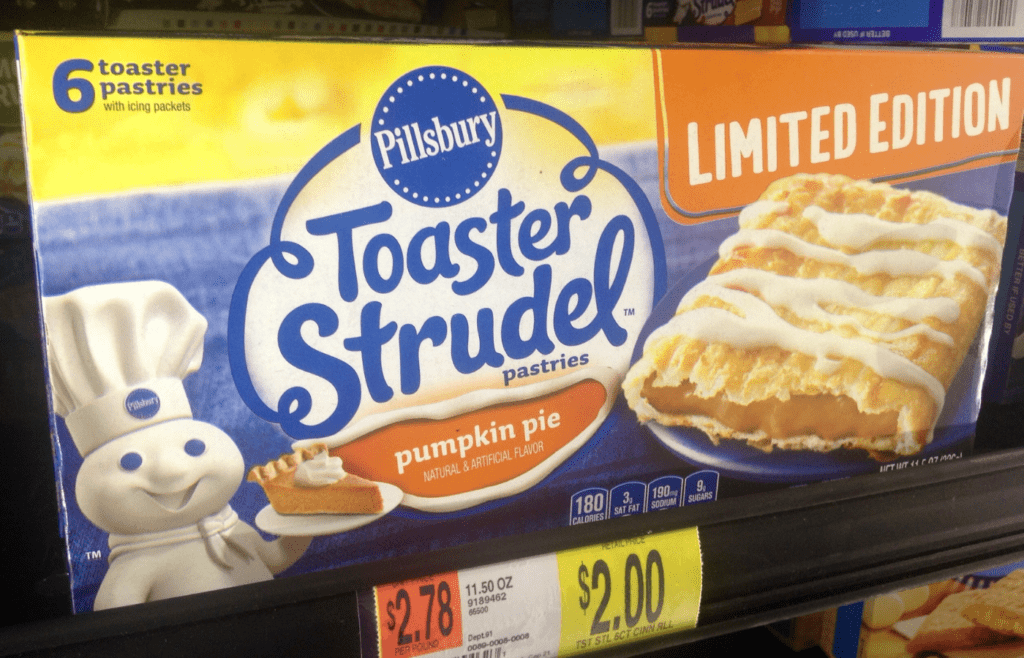
Warm and gooey on the inside, but full of additives Europe wants nothing to do with. Artificial colors and preservatives? That’s a no-go over there.
7. M&Ms
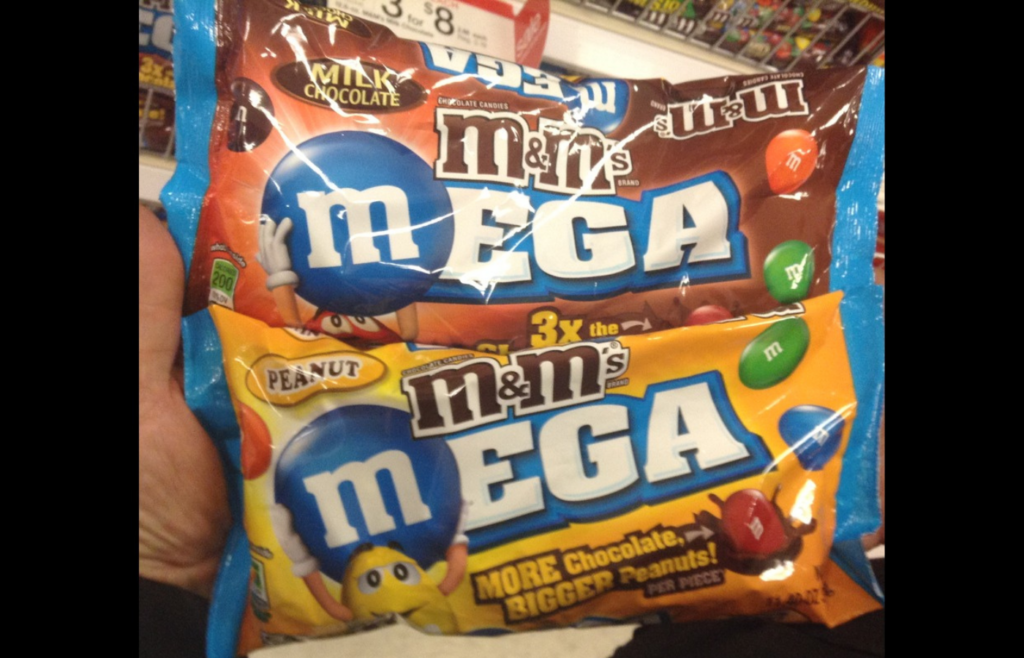
Melt in your mouth, but maybe not on the European market. The dyes used in American M&Ms are so controversial that the EU either banned them or required warnings on the packaging.
6. American Bacon
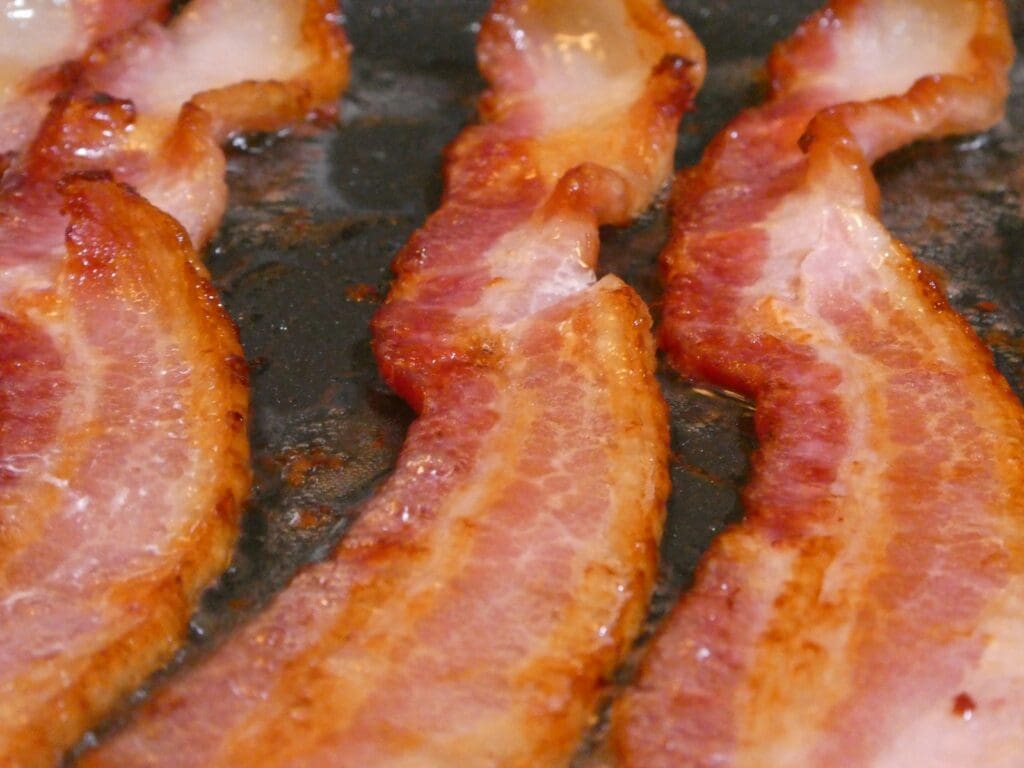
U.S. bacon often contains sodium nitrate and nitrite to preserve freshness and color—but these chemicals are restricted in Europe. Your BLT might look less pretty over there, but it comes with fewer potential health risks.
5. Farmed Salmon
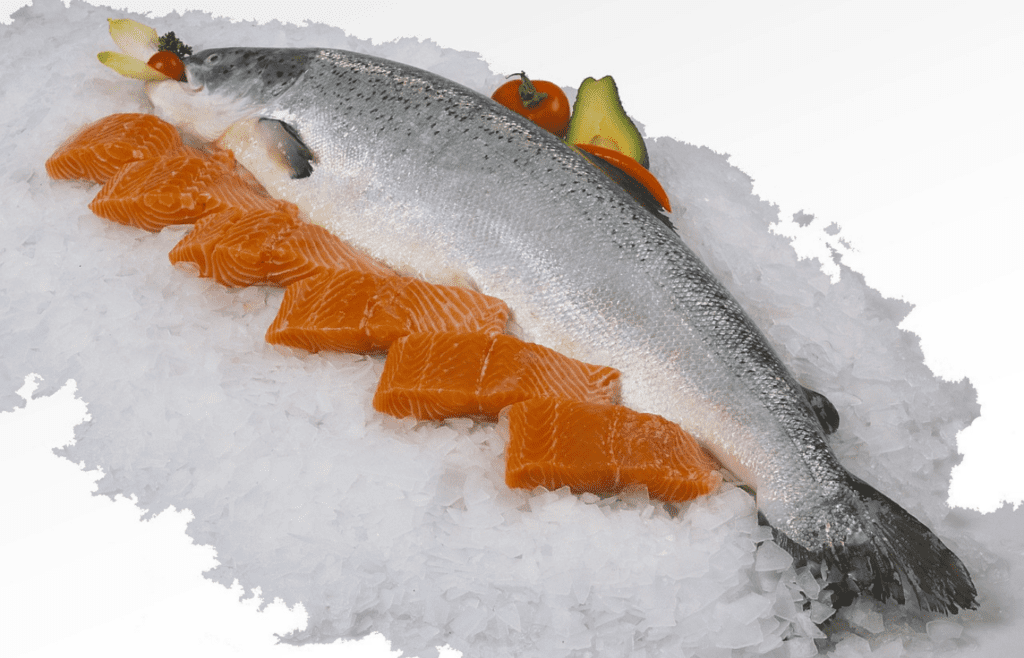
Farmed salmon in the U.S. may be raised with synthetic pigments and fed things that would never fly in Europe. European rules are much stricter when it comes to what your fish eats before you do.
4. U.S. Chicken (Washed in Chlorine)
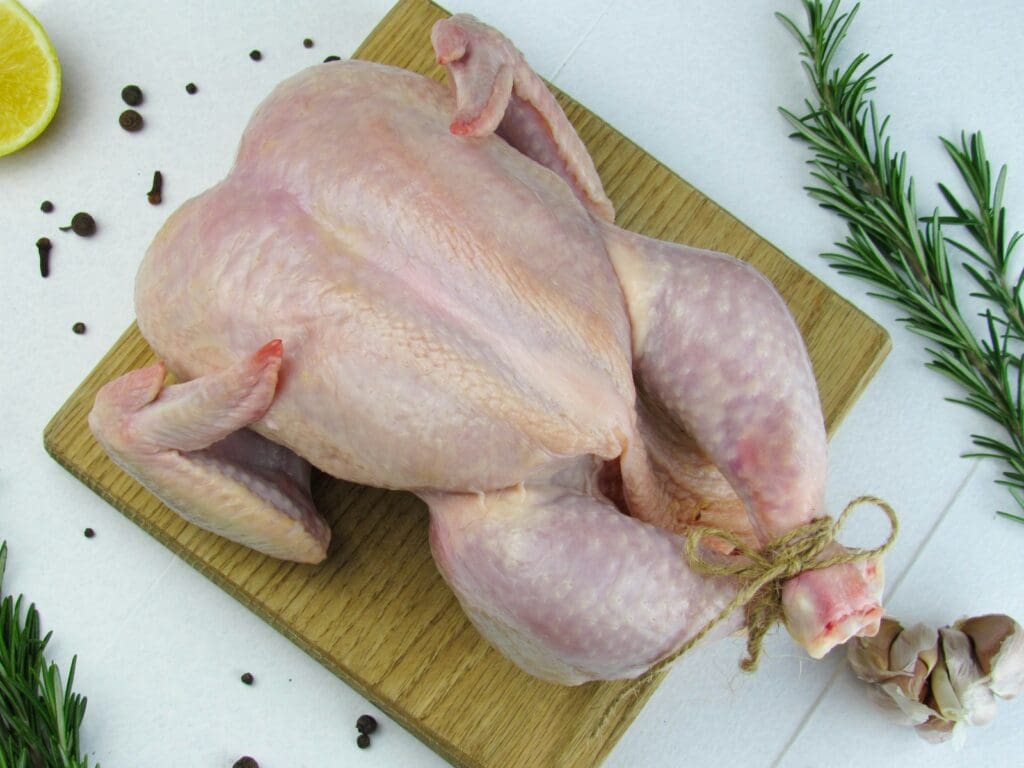
Yes, American chicken is often washed in chlorine to kill bacteria. That process is banned in the EU, where they prefer handling food safety earlier in the supply chain.
3. U.S. Bread with Potassium Bromate
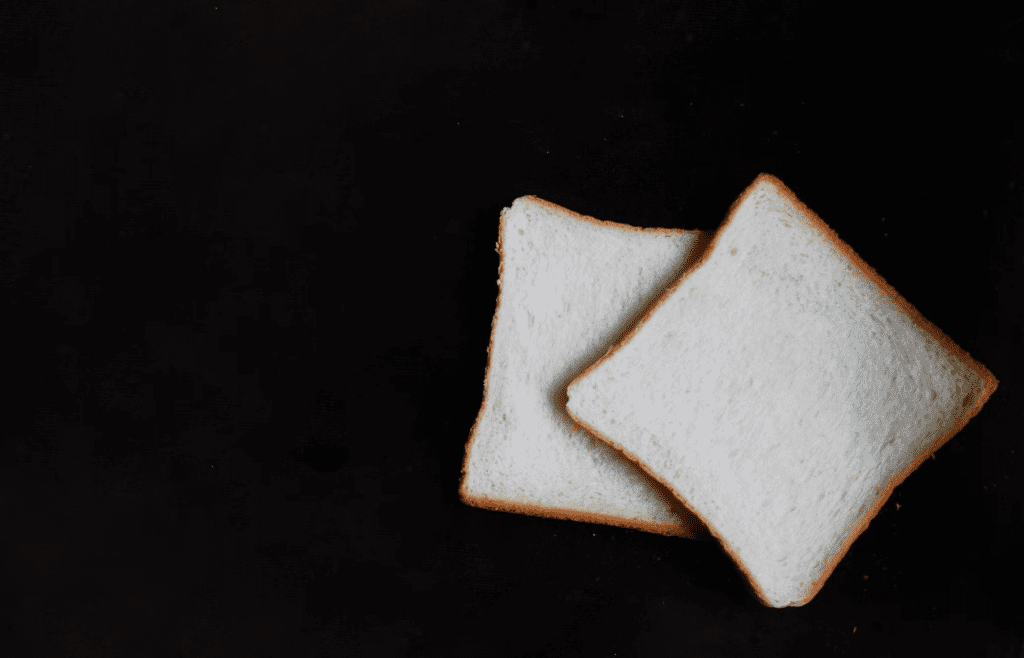
Potassium bromate helps make bread fluffier—but it’s classified as a possible carcinogen and banned in Europe. Americans get fluff, Europeans get peace of mind.
Read More: Check Out Some of the Most Controversial Food Bans Ever
2. American Milk (rBGH)
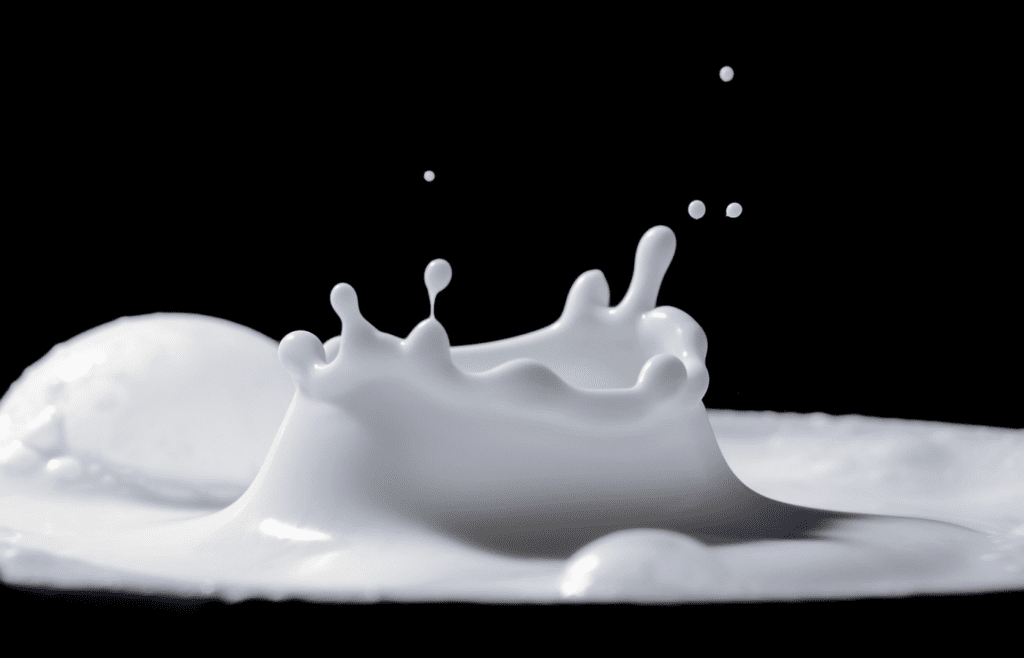
In the U.S., dairy cows are often treated with recombinant bovine growth hormone (rBGH) to boost milk production. Europe banned the practice due to animal welfare and health concerns.
Read More: 15 Things We Used to Eat That Are Now Banned
1. Processed American Foods with Titanium Dioxide

Titanium dioxide is used in everything from salad dressings to chewing gum to make them look whiter and smoother. Europe banned it as a food additive in 2022—while it’s still totally fine in U.S. grocery aisles.
Read More: Stranger Than Fiction: Really Weird Laws in Every State

